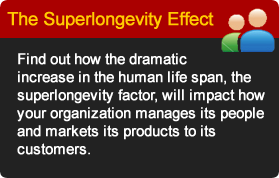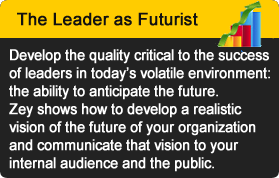Obama's Nuclear Power Initiative (Part 1)
Many critics feel that this first step, however encouraging, is insufficient to meet
America’s future energy needs.. According to the US Energy Information Administration, US energy consumption will increase somewhere between 1-2% per year, even if the American economy grows at a fairly modest rate. If the economy ever rebounds to pre-recession levels, America’s energy needs could grow well beyond current forecasts. And keep in mind that America’spopulation will increase from the 2006 level of 300 million people to 400 million by 2050. That adds up to 100 million additional Americans requiring energy to drive cars, heat their homes, and run their computers.
The Republicans say that meeting America’s growing hunger for energy will require the construction of 100 new nuclear power plants over the next few decades. Unfortunately, the current loan guarantees in Obama’s budget, around $55 billion, might cover at best the building of another 4 or 5 plants up in that time.
But builders such as Southern and Co. might not need such massive loan guarantees if the government streamlines the process for bringing new nukes on line. The reason is simple: the quicker a plant can be up and running, the faster it can be profitable. As theNational
Review points out, the Nuclear Regulatory Commission’s new permitting process has reduced the time from application to license issue down to just four years in “ideal” circumstances. This is still too long, NR says. We should look to the UK’s one and a half-year fast track approach that will enable the Brits to rapidly construct a whole fleet of new nuclear plants, not a mere two or three.
A new generation of small reactors also promises to make nuclear power more affordable. Such reactors are smaller than a rail car, and one tenth the cost of today’s mega-plants. According
to David Matthews, head of new reactor licensing at the Nuclear Regulatory Commission.Experts, “There's a higher likelihood that there are more sites that could support designs for small reactors than large ones." Three big utilities, Tennessee Valley Authority, Oglethorpe Power Corp., and First Energy Corp. recently signed an agreement with McDermott International Inc.'s Babcock & Wilcox subsidiary, producer of the small reactor, in which they committed to get the new reactor approved for commercial use in the U.S.
So if we can bring safe, affordable and profitable nuclear power plants on line in a relatively short period of time, why are we moving ahead at a snail’s pace? We know we can build and safely operate dozens of these newer facilities and make a profit off them to boot. As we shall see in Part 2 of this article, the factors hampering the advent of the new American Nuclear Era are neither technological nor economic., but rather are based in politics and ideology.
DR. ZEY'S PRESENTATION TOPICS



